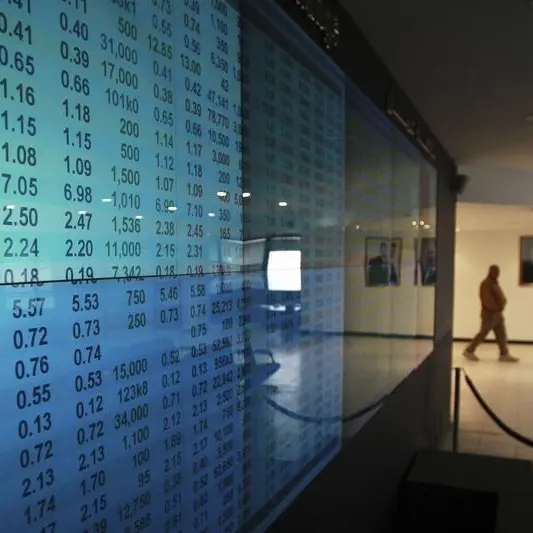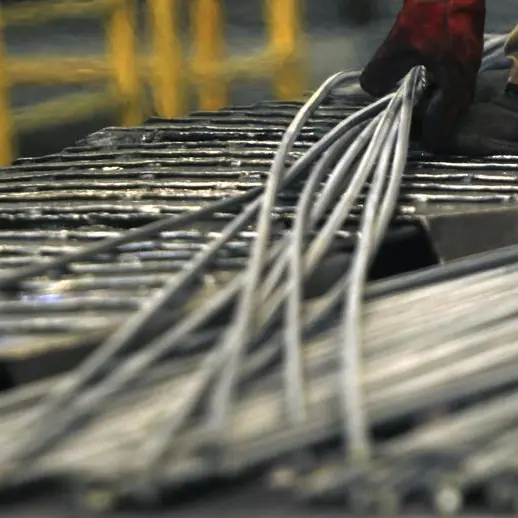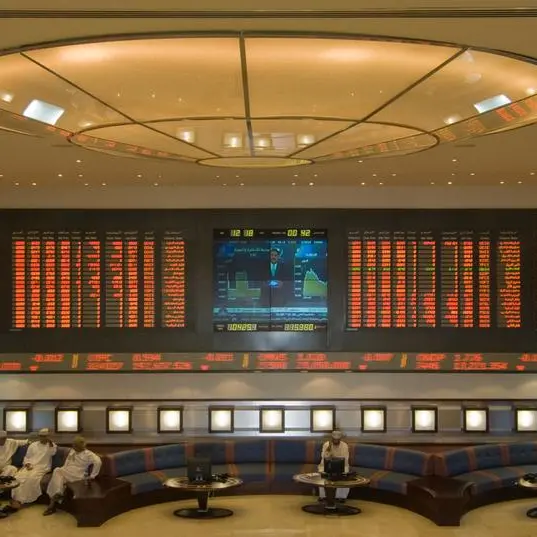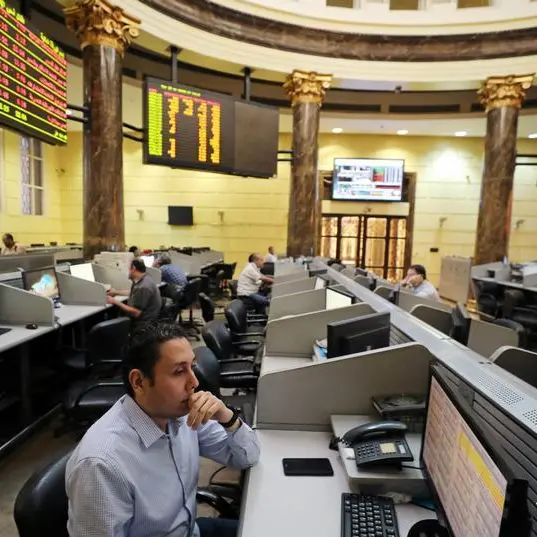PHOTO
Image used for illustrative purpose. Getty Images
As much as $50 billion in liquidity is currently trapped on the balance sheets of listed companies in the Middle East, according to an estimate by PwC Middle East.
This “trapped” liquidity is costing shareholders up to $5 billion to finance, based on a weighted average cost of capital of 10%.
While 54% of companies reported year-on-year improvements in their working capital performance in 2023, only 9% have sustained a positive trend for three consecutive years.
This suggests that only 9% have demonstrated to investors and shareholders that their results are sustainable changes rather than short-term tactical measures.
Improving working capital management will remain a priority for business leaders in the Middle East, especially given the region's persistently high cost of capital. In 2023, average interest expenses for corporates rose 37% year-on-year to reach a record high, while total debt increased by 4% over the same period.
The cost of debt surged by 120 basis points between 2022 and 2023. That said, PwC sees no immediate prospect of a significant fall in lending rates for Middle Eastern companies.
In July 2024, Bloomberg forecast that the Emirates Interbank Offered Rate (EIBOR) would remain above 4% for the next five years, while the Saudi Arabian Interbank Offered Rate (SAIBOR) would fall below 4% in Q4 of 2027.
Middle East businesses demonstrated strong growth in 2023, with a combined revenue increase of 6.2% year-on-year, driven by the energy sector and continued strategic investment focused on the UAE and Saudi Arabia by private equity and sovereign wealth funds.
Despite the robust revenue growth, overall profitability in the region has declined for the second consecutive year, largely due to rising costs of goods sold across nearly all sectors, influenced by both regional and global trends.
Saudi Arabia continues to have the longest working capital cycle in the region, although its net working capital trend has shown gradual improvement since 2019.
Meanwhile, the UAE has maintained its working capital performance in 2023, following a sharp correction in 2022 that reversed the general deterioration observed during the pandemic.
The engineering and construction sectors continue to struggle with the longest working capital cycle and the largest year-on-year deterioration, facing significant financial distress due to operational delays and cash shortages.
In contrast, the healthcare sector has continued its year-on-year improvement, reflecting a reduction in its overall working capital cycle, PwC said.
(Editing by Seban Scaria seban.scaria@lseg.com)





















